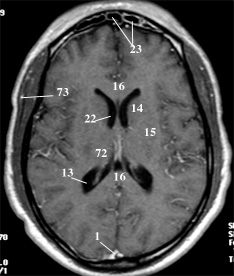|
|
 Much of our perception of the physical world is obtained through kinesthetic data received from our sense of touch (including proprioception, or the perception of movement and spatial orientation from sensors within the body) and from the visual system. These sources of information allow us to interpret information and decide how to act upon it.
“Ferrari cars win races, Ferrari drivers lose races…” -
Enzo Ferrari For more information on the SPEED examination and planned studies, please contact us: 220 Fort Sanders West Boulevard Medical Office Building 2, Suite 300 Knoxville, Tennessee 37922 Tel: 865.531.9088 info@DriveScience.com |